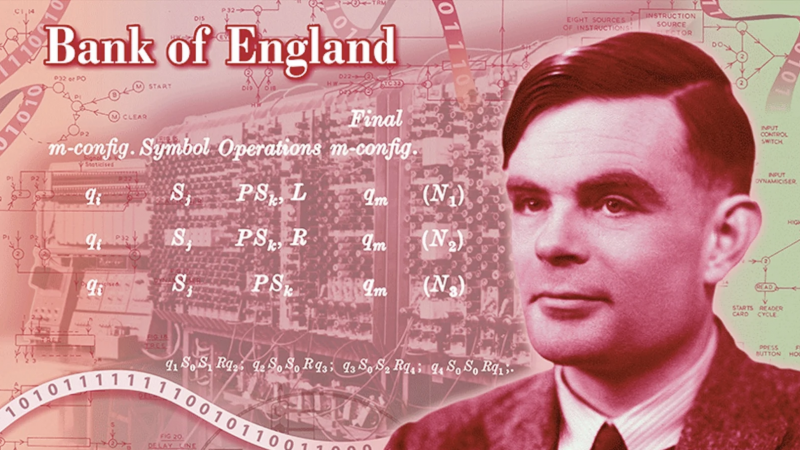Digital filmmaker Garren Lazar gives us a creative parody video and a badly-needed mental health break. Enjoy.
To watch previous Peanuts parodies of songs by Queen, Lynyrd Skynyrd, Journey & more, click here.
If you would like to sign up for Open Culture’s free email newsletter, please find it here. Or follow our posts on Threads, Facebook, BlueSky or Mastodon.
If you would like to support the mission of Open Culture, consider making a donation to our site. It’s hard to rely 100% on ads, and your contributions will help us continue providing the best free cultural and educational materials to learners everywhere. You can contribute through PayPal, Patreon, and Venmo (@openculture). Thanks!
Related Content
Umberto Eco Explains the Poetic Power of Charles Schulz’s Peanuts
How Franklin Became Peanuts‘ First Black Character, Thanks to a Caring Schoolteacher (1968)


